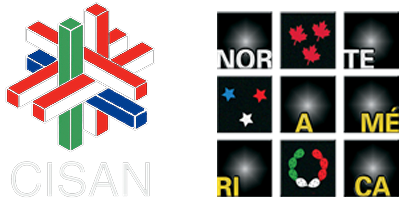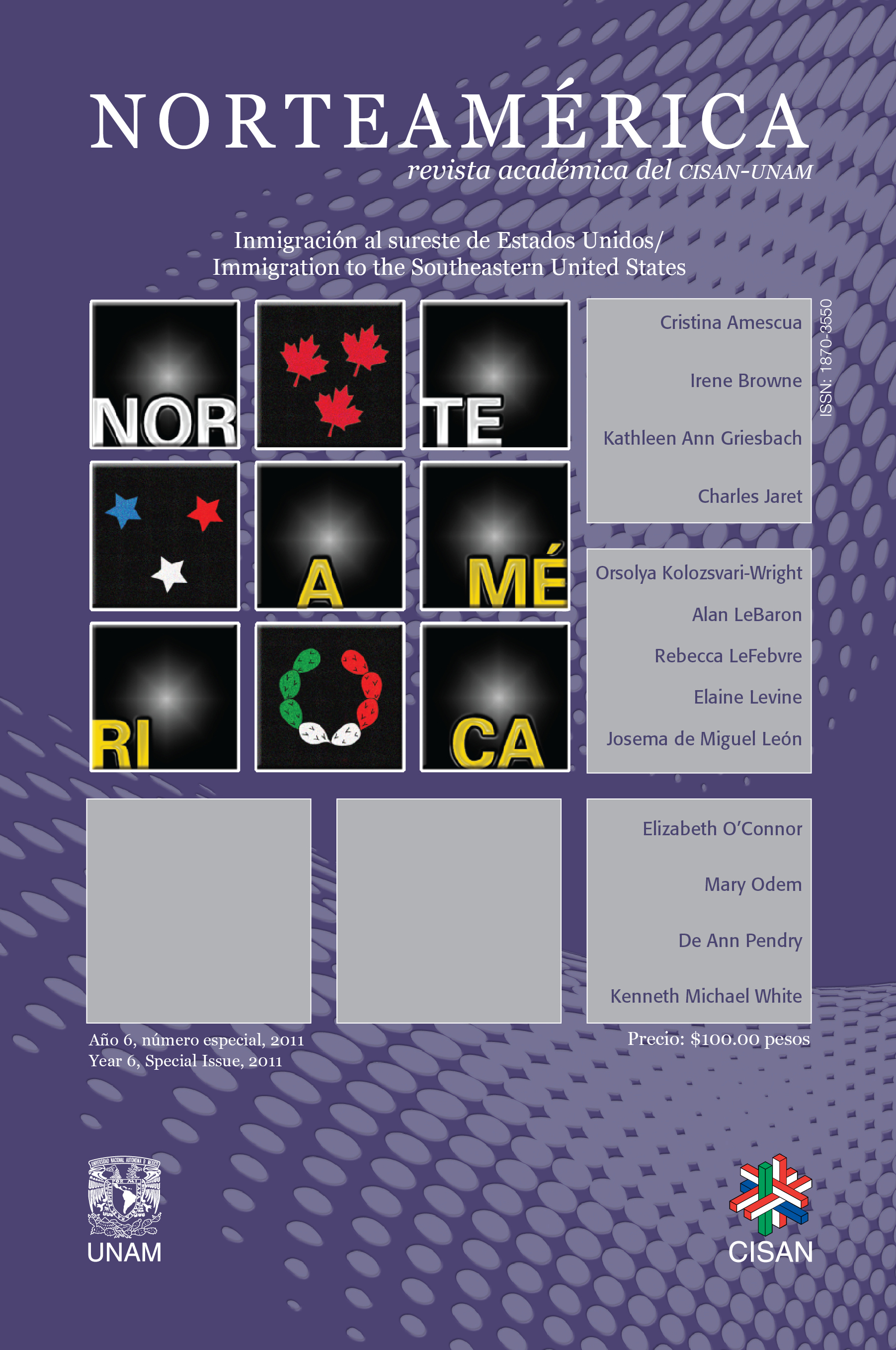Abstract
This study examines naturalization rates in the southeastern United States and compares them to other regions while investigating some political consequences of naturalization. In terms of the number of naturalized citizens and naturalization rates, the Southeast lags behind states with long immigration histories. In all U.S. southeastern states, Asians comprise the largest group of naturalized citizens, but rates vary. Mexicans and Central Americans are the least likely to obtain citizenship in all southeastern states. The authors also find and discuss a small immigrant presence in the U.S. House of Representatives and a significant positive correlation between states' naturalization rates and the percentage of the state that voted for Barack Obama in the 2008 presidential election.Authors who publish with this journal agree to the following terms:
Authors retain copyright and grant the journal right of first publication with the work simultaneously licensed under a Creative Commons Attribution License that allows others to share the work with an acknowledgement of the work's authorship and initial publication in this journal.
Authors are able to enter into separate, additional contractual arrangements for the non-exclusive distribution of the journal's published version of the work (e.g., post it to an institutional repository or publish it in a book), with an acknowledgement of its initial publication in this journal.
Authors are permitted and encouraged to post their work online (e.g., in institutional repositories or on their website) prior to and during the submission process, as it can lead to productive exchanges, as well as earlier and greater citation of published work.



